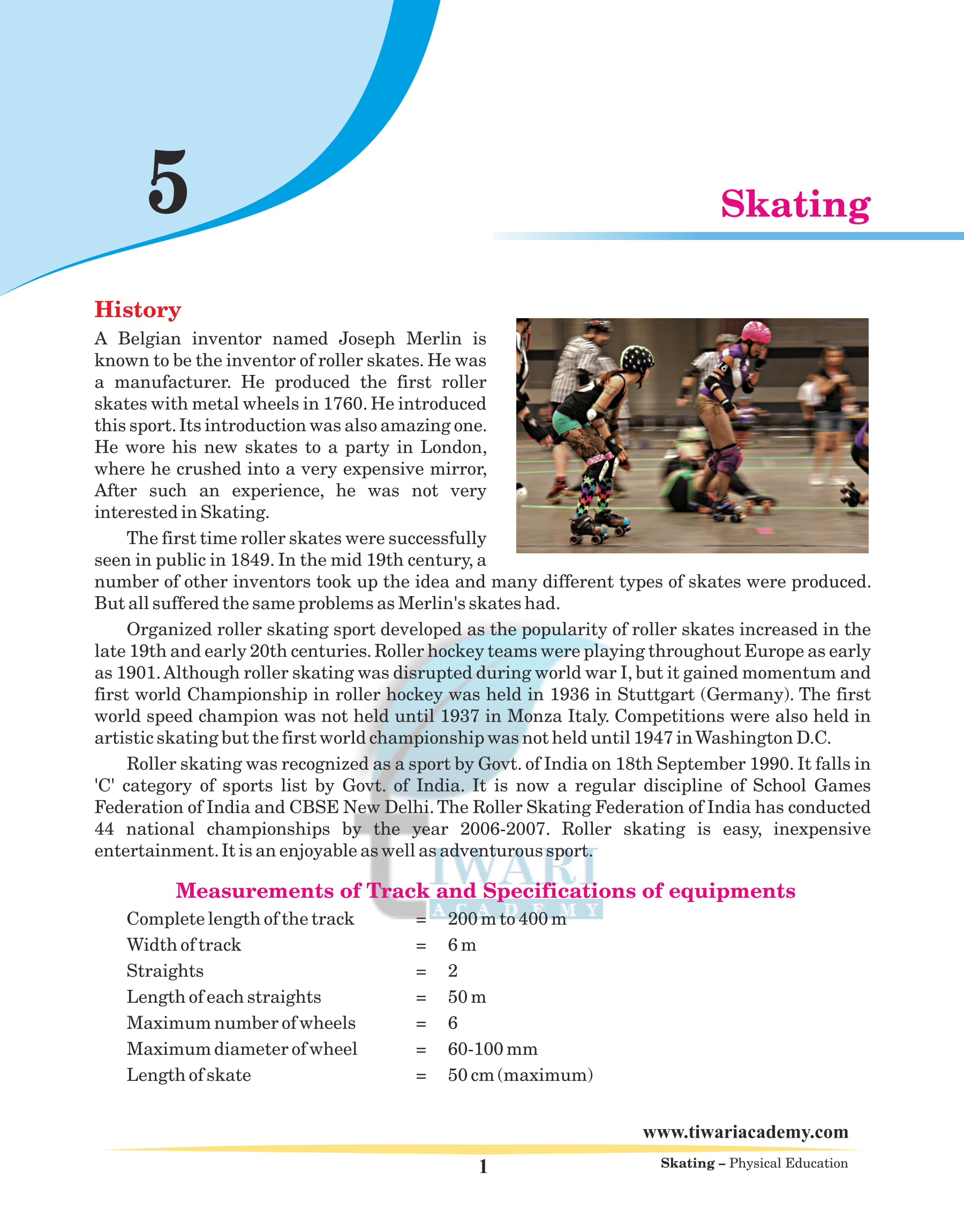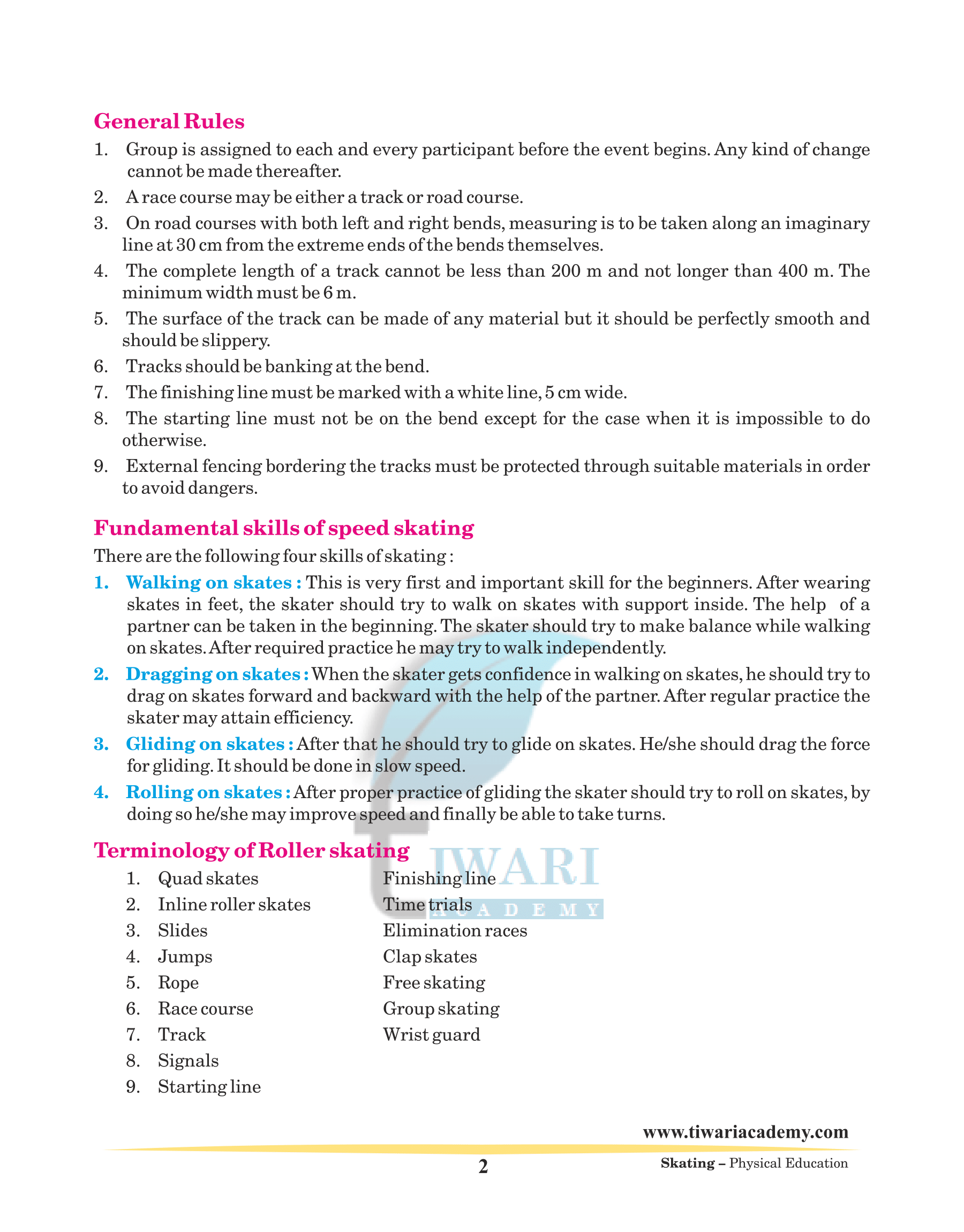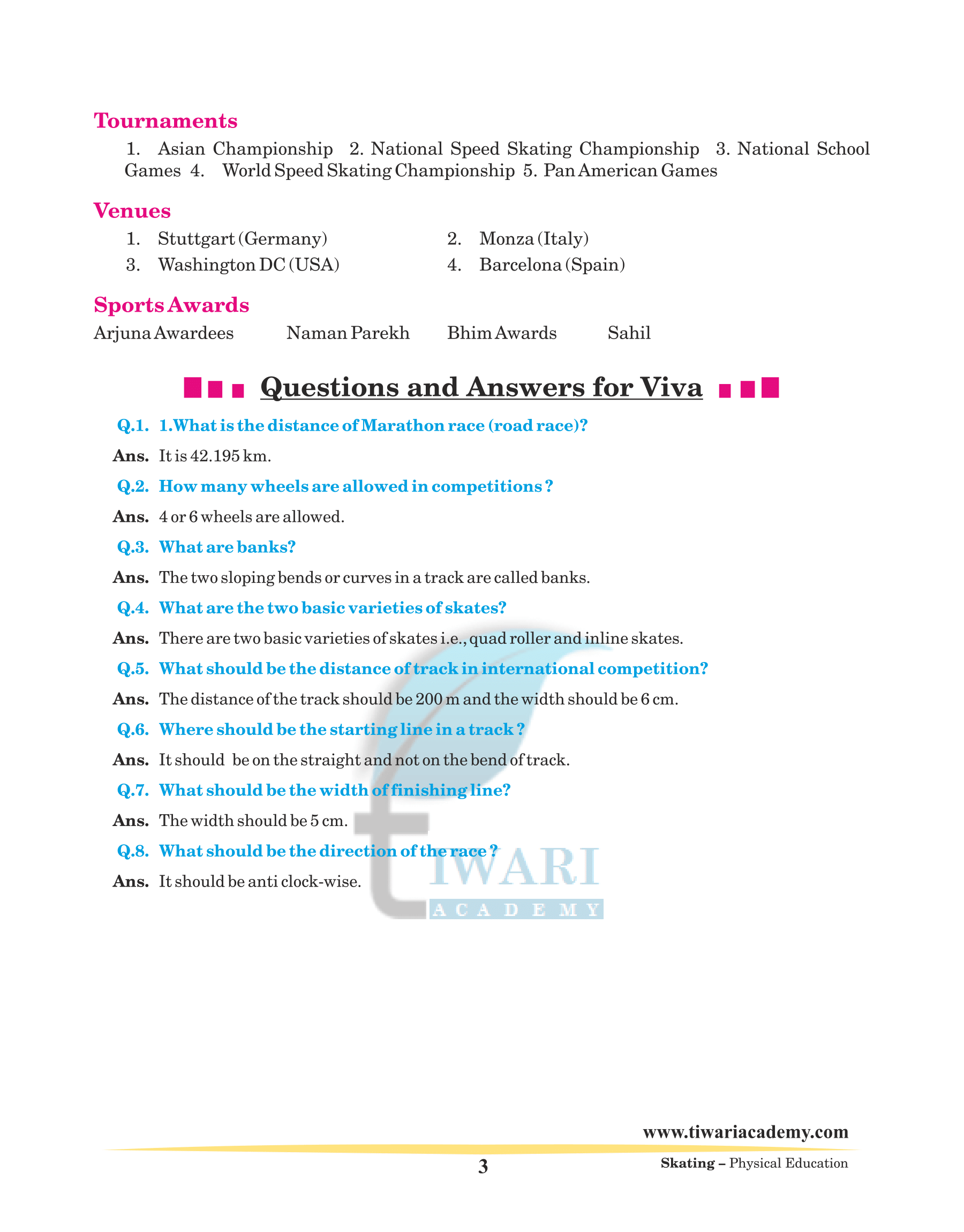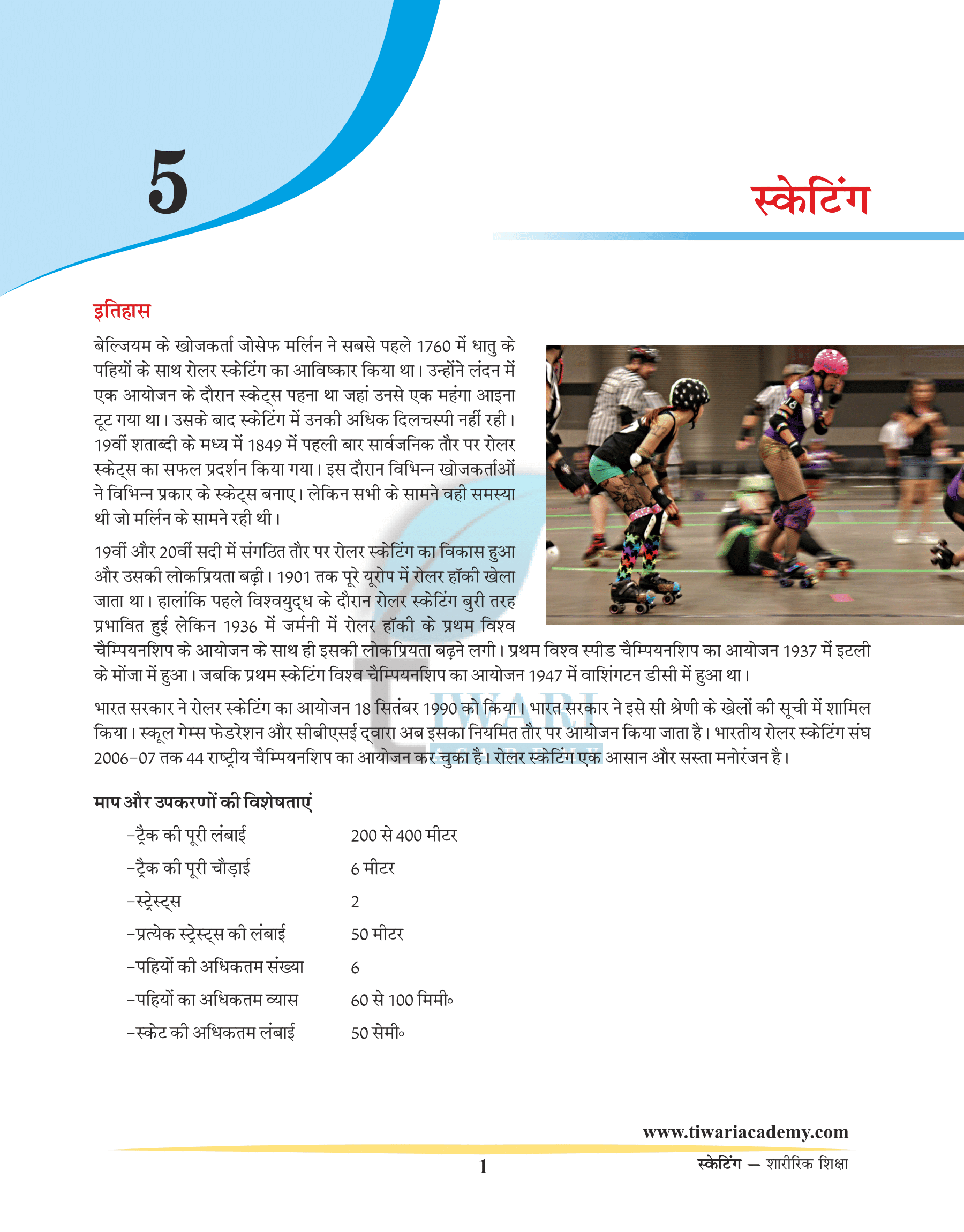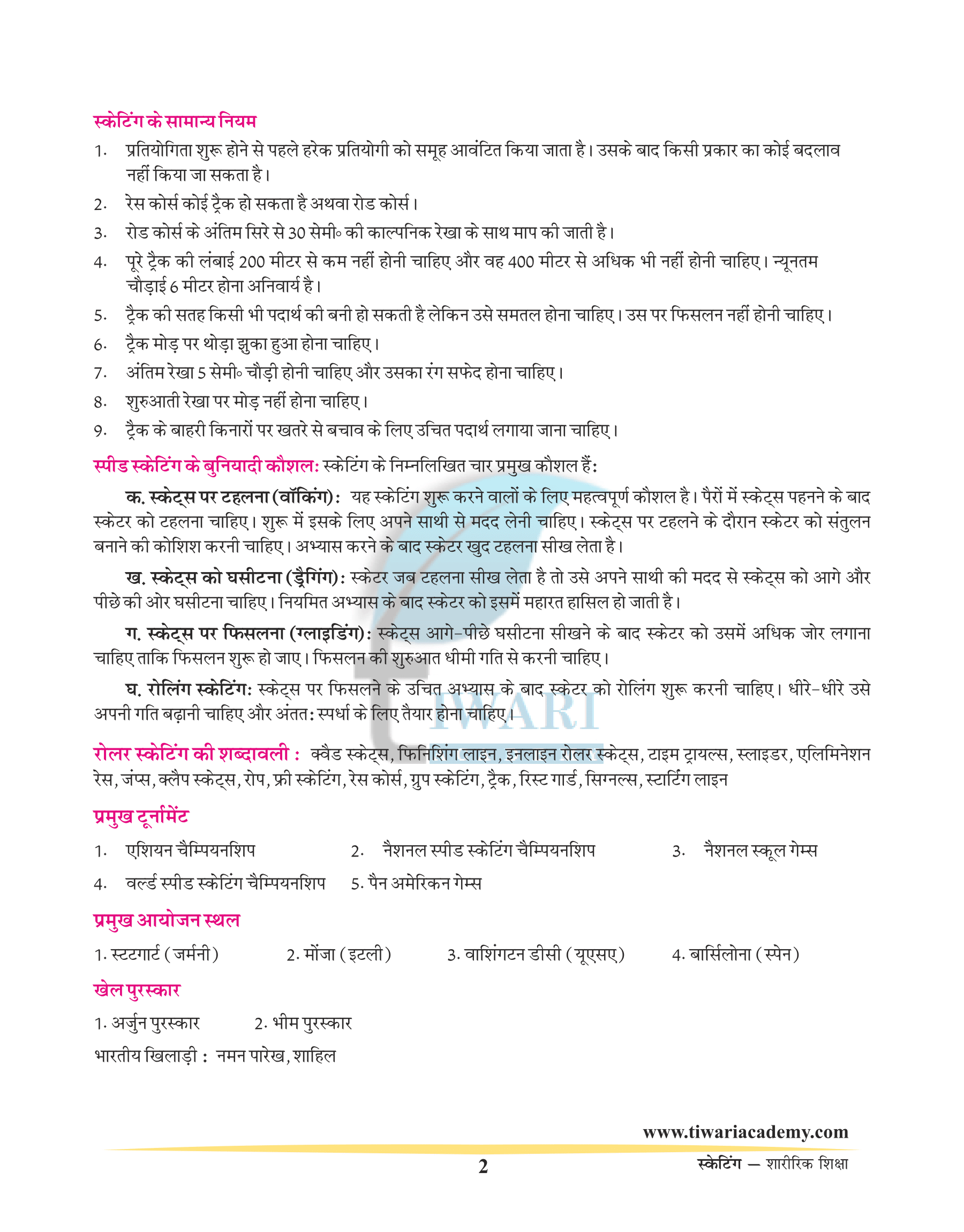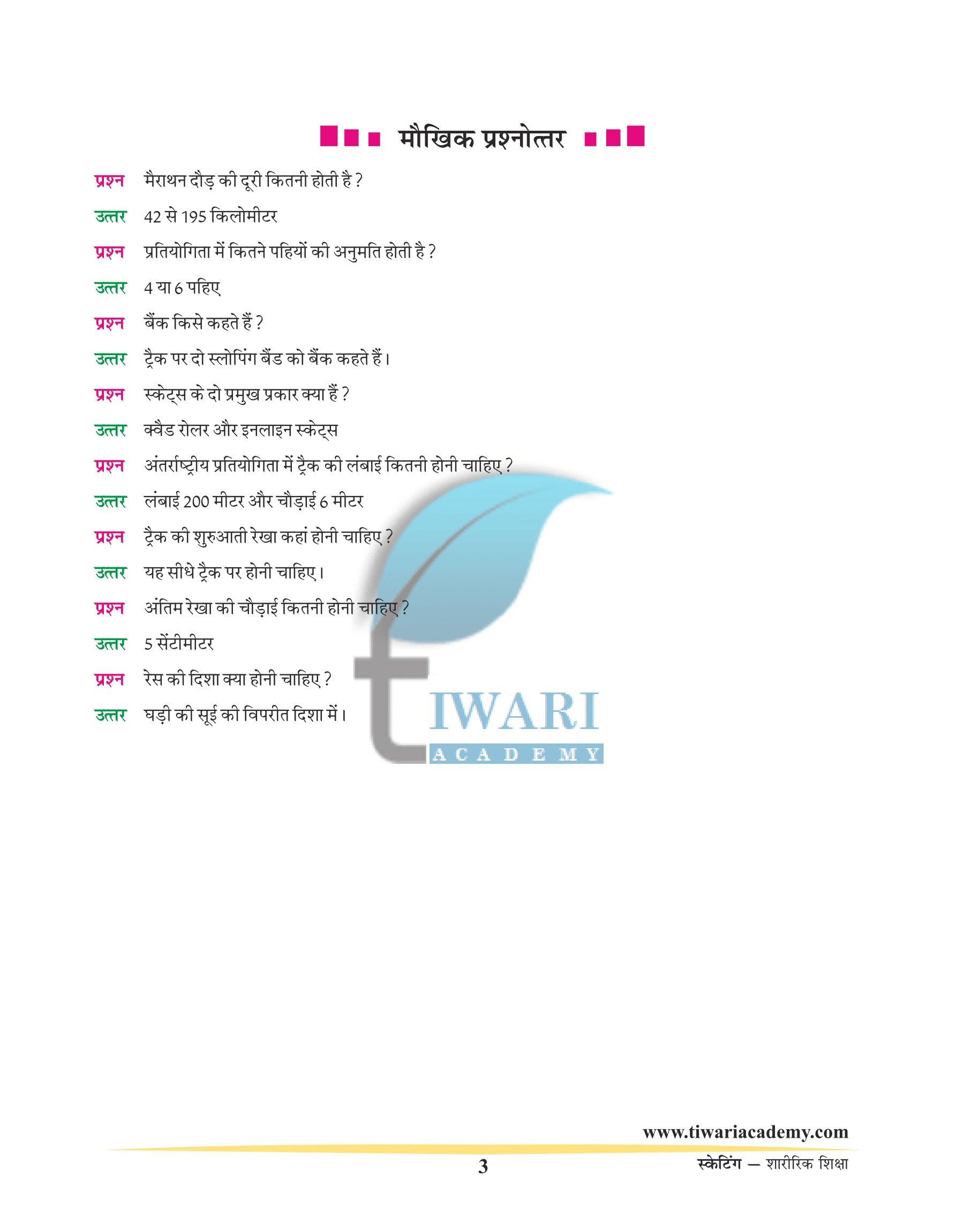A Belgian inventor named Joseph Merlin is known to be the inventor of roller skates. He was a manufacturer. He produced the first roller skates with metal wheels in 1760. He introduced this sport. Its introduction was also an amazing one. He wore his new skates to a party in London, where he crashed into a very expensive mirror. After such an experience, he was not very interested in Skating.
Types of Skating and Rules for Playing
History of Skating
The first time roller skates were successfully seen in public in 1849. In the mid 19th century, several other inventors took up the idea, and many different types of skates were produced. But all suffered the same problems as Merlin’s skates had. Organized roller skating sport developed as the popularity of roller skates increased in the late 19th and early 20th centuries. Roller hockey teams were playing throughout Europe as early as 1901. Although roller skating was disrupted during world war I, but it gained momentum, and first world Championship in roller hockey was held in 1936 in Stuttgart (Germany).
The first world speed champion was not held until 1937 in Monza Italy. Competitions were also held in artistic Skating, but the first world championship was not held until 1947 in Washington D.C. Roller skating was recognized as a sport by Govt. of India on 18th September 1990. It falls in the ‘C’ category of sports list by Govt. of India. It is now a regular discipline of School Games Federation of India and CBSE New Delhi. The Roller Skating Federation of India has conducted 44 national championships by the year 2006-2007. Roller skating is easy, inexpensive entertainment. It is an enjoyable as well as adventurous sport.
Measurements of Track and Specifications of equipment
| Specifications | Measurements |
|---|---|
| Complete length of the track | 200 m to 400 m |
| Width of track | 6 m |
| Straights | 2 |
| Length of each straight | 50 m |
| Maximum number of wheels | 6 |
| Maximum diameter of wheel | 60-100 mm |
| Length of skate | 50 cm (maximum) |
General Rules
- Group is assigned to each and every participant before the event begins. Any kind of change cannot be made thereafter.
- A race course may be either a track or road course.
- On road courses with both left and right bends, measuring is to be taken along an imaginary line at 30 cm from the extreme ends of the bends themselves.
- The complete length of a track cannot be less than 200 m and not longer than 400 m. The minimum width must be 6 m.
- The surface of the track can be made of any material but it should be perfectly smooth and should be slippery.
- Tracks should be banking at the bend.
- The finishing line must be marked with a white line,5 cm wide.
- The starting line must not be on the bend except for the case when it is impossible to do otherwise.
- External fencing bordering the tracks must be protected through suitable materials in order to avoid dangers.
Terminology of Roller skating
| Column- 1 | Column- 2 |
|---|---|
| Quad skates | Finishing line |
| Inline roller skates | Time trials |
| Slides | Elimination races |
| Jumps | Clap skates |
| Rope | Free skating |
| Race course | Group skating |
| Track | Wrist guard |
| Signals | Starting line |
Tournaments
1. Asian Championship
2. National Speed Skating Championship
3. National School Games
4. World Speed Skating Championship
5. Pan American Games
Venues
Sports Awards
| Awards | Awardee |
|---|---|
| Arjuna Awardees | Naman Parekh |
| Bhim Awards | Sahil |
